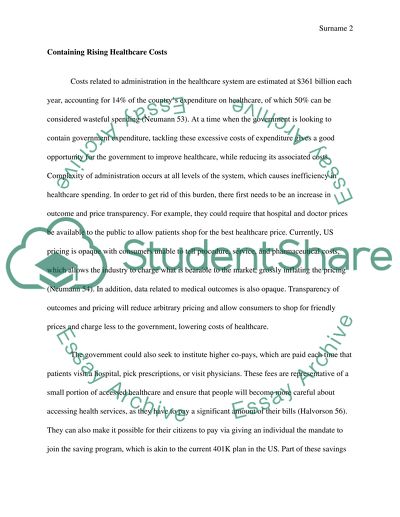Cite this document
(“Comment on how the US can contain its increasing health care costs Essay”, n.d.)
Retrieved from https://studentshare.org/health-sciences-medicine/1498780-comment-on-how-the-us-can-contain-its-increasing
Retrieved from https://studentshare.org/health-sciences-medicine/1498780-comment-on-how-the-us-can-contain-its-increasing
(Comment on How the US Can Contain Its Increasing Health Care Costs Essay)
https://studentshare.org/health-sciences-medicine/1498780-comment-on-how-the-us-can-contain-its-increasing.
https://studentshare.org/health-sciences-medicine/1498780-comment-on-how-the-us-can-contain-its-increasing.
“Comment on How the US Can Contain Its Increasing Health Care Costs Essay”, n.d. https://studentshare.org/health-sciences-medicine/1498780-comment-on-how-the-us-can-contain-its-increasing.


